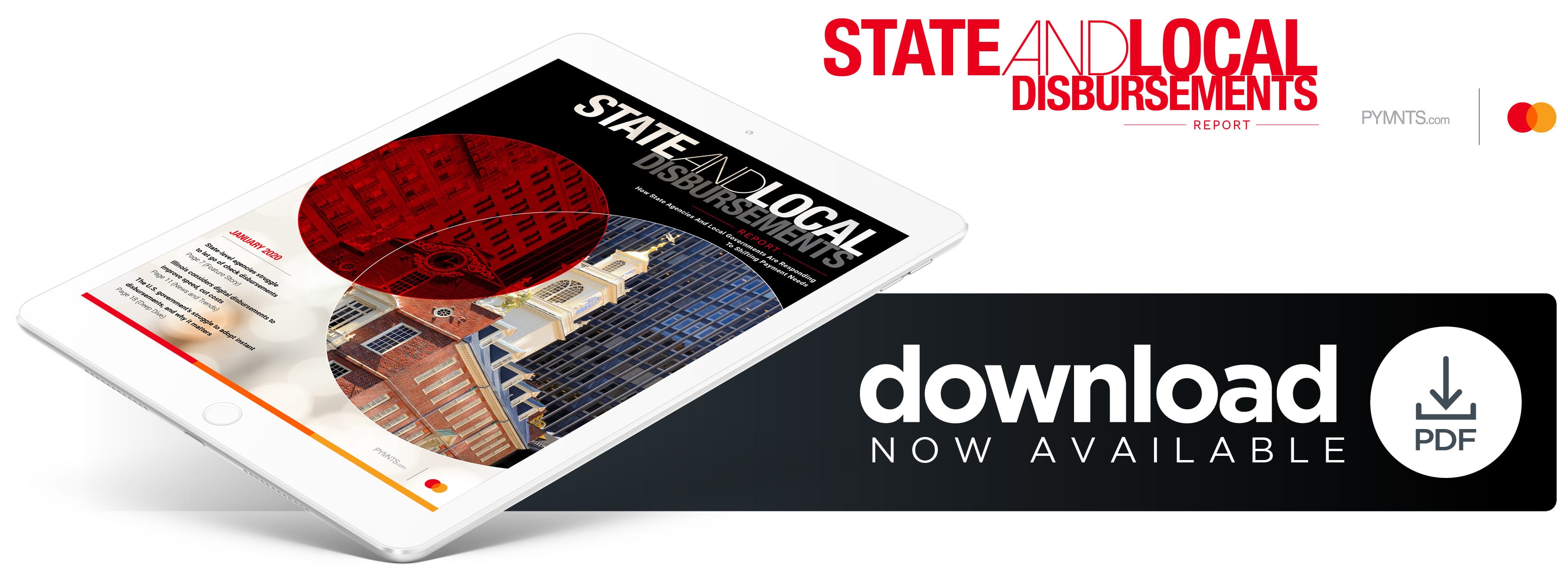Deep Dive: Why State And Local Agencies In The US Still Struggle With Instant Payments

Fifty-nine percent of U.S. adults still live paycheck to paycheck, and the realities of the situation are stark: These consumers often do not have funds to spare to cover emergency expenses, and are dependent on receiving timely and convenient disbursements. State and local government disbursements are no exception to these expectations, since many consider them to be crucial parts of their incomes. Government disbursements can range from child support payments and annual tax returns to pension and retirement fund payouts. Many consumers receive these funds via paper checks, which can suffer delays in transit, causing ripple effects on recipients’ finances as they wait to pay bills, purchase necessities and provide for their dependents.
Paper checks are also expensive and cumbersome for the agencies that use them. Some reports put the cost of cutting, mailing and processing checks at nearly $8 per instance — a hefty price for those required to send out thousands, if not millions, of these payments each year.
Digital payments have made their mark on government disbursements, just not at the rate U.S. residents want or expect. Twenty-four percent of consumers currently receive these payments through instant rails, according to a recent PYMNTS study, which also found that 51 percent of consumers want to receive their payments via instant processes.
More Americans are putting greater emphasis on retirement and pension benefits when choosing jobs or considering their financial futures, making the further expansion of instant disbursements a necessity. However, government bodies are unable to innovate at the same breakneck pace as retailers or other consumer service industries, as they must adhere to complex regulations, and ensure that their software is not leaving partners behind.
Payment Challenges Stall Government Innovations
A few federal government agencies have already found instant or digital disbursements to be simple and efficient in practice, as well as theory. The IRS has accepted digitally filed tax documents and issued digital refunds for years, and it received approximately 29 million electronic returns via direct deposit between February 2018 and February 2019. Employing digital solutions has helped the agency cut costs, and satisfy consumers growing frustrated with outdated disbursement methods.
However, entities at the state level have had a harder time making instant disbursements a common experience. One problem when implementing new payment software or systems is that other departments may lag in similar efforts. All parties involved in sending or receiving disbursements must be able to easily share payment data to speed payouts to residents and ensure security.
Insurance providers are familiar with this problem, as they fight to achieve payments ubiquity to appease consumers who want instant claims and approvals processes. This is an even more complicated issue for state and local governments, as they must ensure that payments are headed to the right destinations, while also complying with regulations.
Forty-four out of the 50 U.S. states are currently searching for ways to untangle those complications, and upgrade their electronic disbursement and payment tools. New York offers retirees direct deposit for disbursements, for example, and agencies in Idaho now facilitate digital payouts for child support payments.
The main problem these departments face as they upgrade their systems, however, is not the availability of the technology or the slow pace of innovation at other agencies (though both can hinder innovation), but the dangers brought about by fraud. In 2017, government agencies lost approximately $141 billion to benefit packages that were sent to bad actors utilizing false identities and stolen personal information — an issue that is only getting worse as hackers get more sophisticated.
Fraud Issues Stemming From Paper Check Use
Fraud concerns are keeping several states frozen at the tipping point of digital disbursement innovation, which grants fraudsters new opportunities: They can slip in and out of mismatching systems to repeatedly claim the same payments. Such offerings are much more secure than paper checks, but a lack of digital payments ubiquity is causing U.S. businesses, banks and agencies to lose funds in the millions.
Legacy methods like paper checks have multiple drawbacks, but the perk for government agencies that may not know of more secure alternatives is that they work on a pass-fail system: They either reach recipients’ mailboxes or they do not. Check fraud affected 70 percent of U.S. organizations in 2018, though, so their benefits no longer outweigh the other drawbacks.
Government agencies are letting go of paper checks more frequently, especially as younger generations move closer to retirement. Millennials may not be nearing retirement age (or even have much faith in retirement as a general concept), but they are certain to expect instant payment tools when they finally arrive at that point. These consumers already conduct most of their business online, and will expect retirement tools to keep up with their needs.
The innovation gap that state and local governments are experiencing must close as the demographics they cater to mature, and as those who live paycheck to paycheck begin to expect instant payouts. Digitizing disbursements is not the only step government agencies must take, however. Ensuring security will play an equally important role.

